Two groups in biscuit attributed to the Manufacture Locré (Paris), mahogany base, chiseled and gilded bronze. Skeleton movement and enamelled dial signed Bréant, inventor of the "well" model. Some lacks, restorations (a split trunk and some degraded leaves).
Beautiful "well clock" flanked by two groups with hunting subjects, certainly made at the Manufacture Locre (Paris), a factory created in 1773. The skeleton clock sees its movement overcome a well with a balustrade and gilded bronze supports. The overhanging bows are adorned with croaking doves, seeming to get lost behind the branches of the biscuit trees. The mahogany base is enriched with bronze plaques with frieze patterns, marked by the fashion of the late eighteenth century.
Bréant
The enamelled dial is signed Bréant, who invented the "well" model and protected it by depositing it. Jacques-Thomas Bréant (1753-1807) is received master in 1783 in Paris. He is installed at the Palais-Royal, for his shop, and rue Saint-Martin, for his studio. He begins his business with watches, clocks and bronze decorative objects. He worked with many bronziers, including the famous C. Galle. He furnished clocks to the Duke of Orleans, the Marquis de Laval, Aulnay, the Countess de Faudoas, Vascoeil, and the Comte de Villefranche.
Locré
Jean-Baptiste Locré de Roissy was born in Paris in 1726. On his baptismal certificate, his father Guillaume Locré was declared "a tussolier in cloth of gold, silver, silk; son of Sieur Jean Locre, of the same vacation ". Jean-Baptiste grew up in a passionate environment by producing exceptional pieces for the Parisian society and the Royal Court. Young man, Locré left to make his arms abroad in the free State of Saxony and settles down in Leipzig where he makes the apprenticeship of know-how innovating manufacturers. He then returns to Paris, city of his childhood and his inspiration, and lays the foundations, rue de la Fontaine-au-Roy, of his own House in 1771. Jean-Baptiste Locré has the audacity to launch his manufacture without the official protection of a powerful Kingdom, which makes its Manufacture the only Free House in Paris. The Locré House made the happiness of Paris since the eighteenth and its success is evoked in a report of the Ministry of Manufactures of Louis XV who declared in 1773 that the pieces of the "Manufacture de Locré" are distinguished by "the brilliance of colors and gilding "while, as early as 1777, the Locré House is mentioned in L'Almanach Dauphin. In 1773, he joined forces with Laurent Russinger who became his second, mastering the technique of hard porcelain. The Locré House is popular at the court of the King of France and Madame du Barry, favorite of King Louis XV, chose the House Locle for his personal orders in 1777. In 1787, Locré is ruined because of the costs of the manufacture. He sells it to Russinger, who moves it to build new workshops. Ruined also, Russinger gives the factory to the family Pouyat, however, he remains at the head of production. The year 1810 marked the death of Russinger and Locré, gradually causing the manufacturing bankruptcy. In 1820, the furnaces of the first workshops are extinguished. In 1825, Jean Marx Clauss revives the factory in premises rented to Alexandre Dodé, Russinger's son-in-law. The manufacture of Locré saw three generations of Clauss scroll before being taken over by Achille Bloch in 1887.



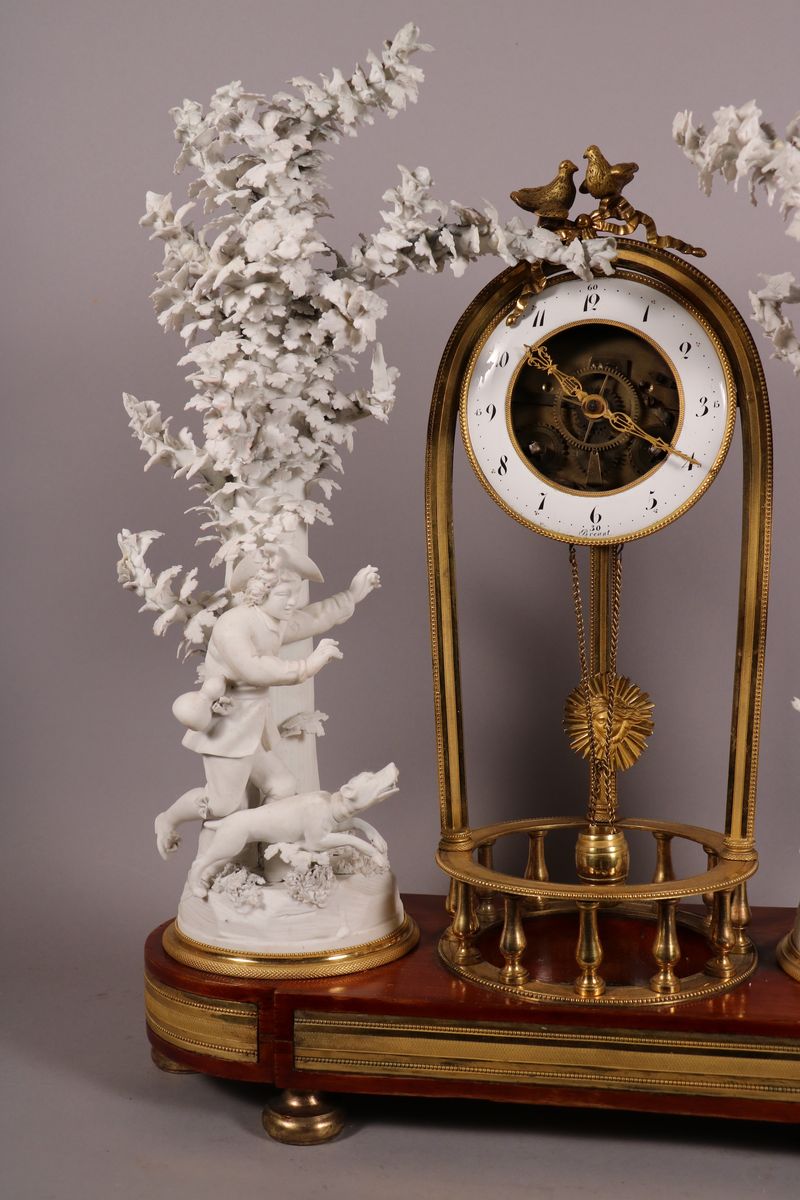
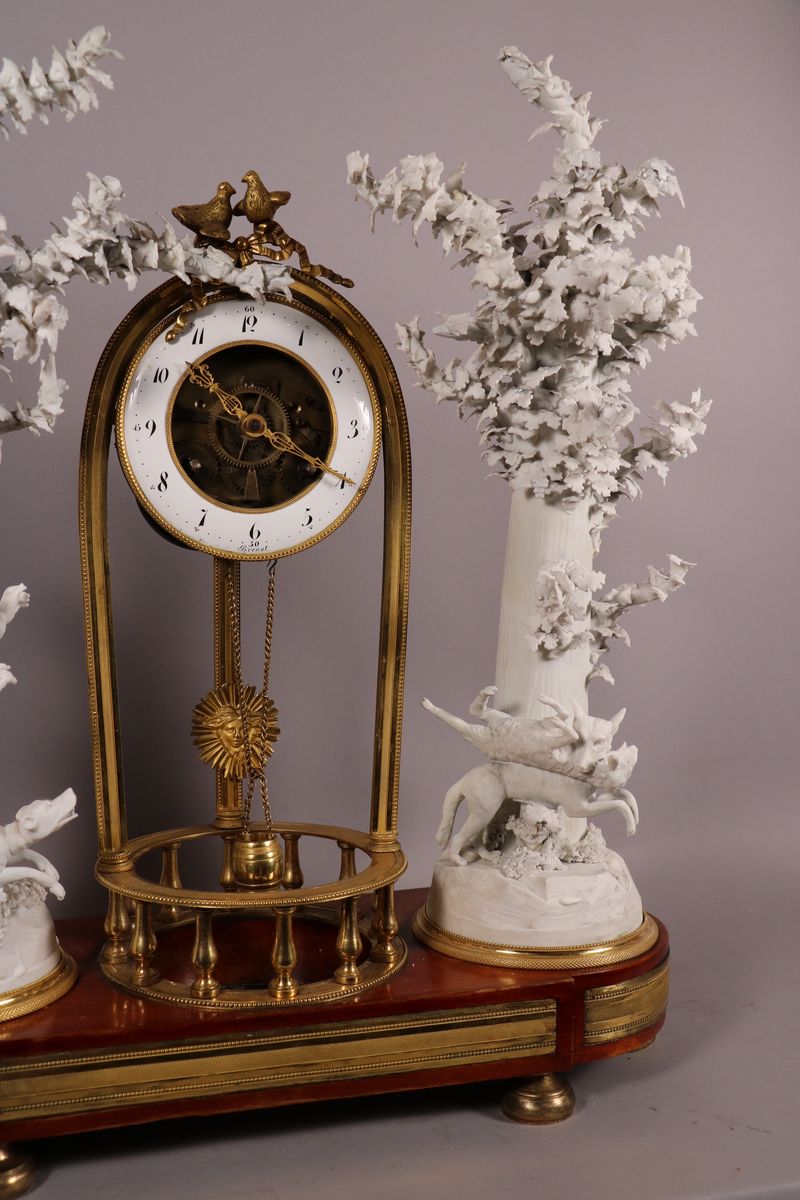
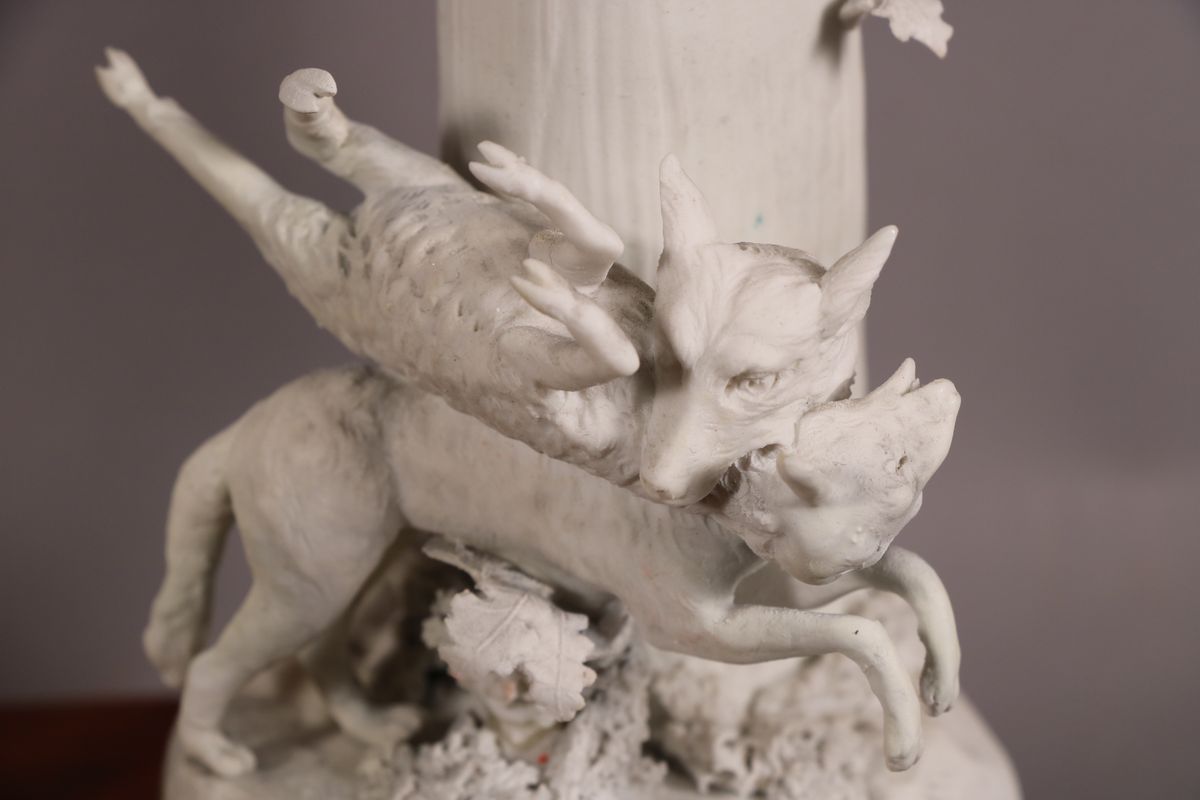


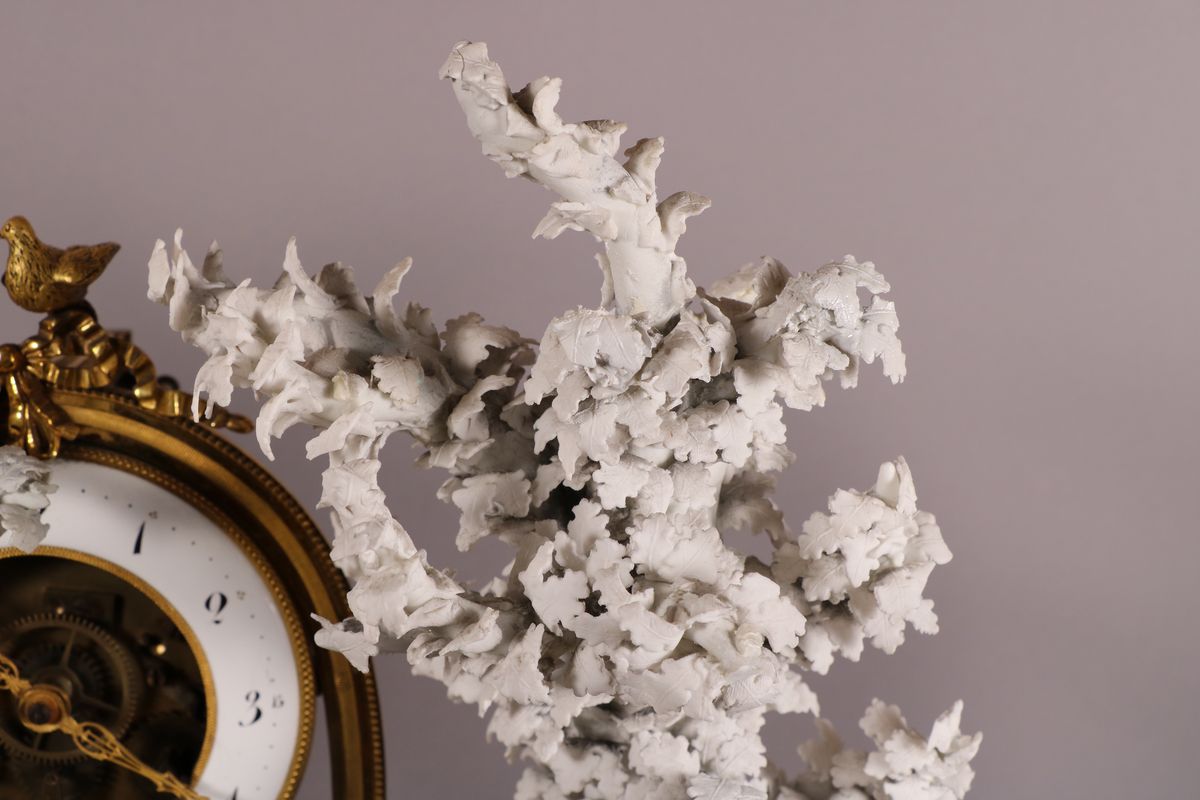




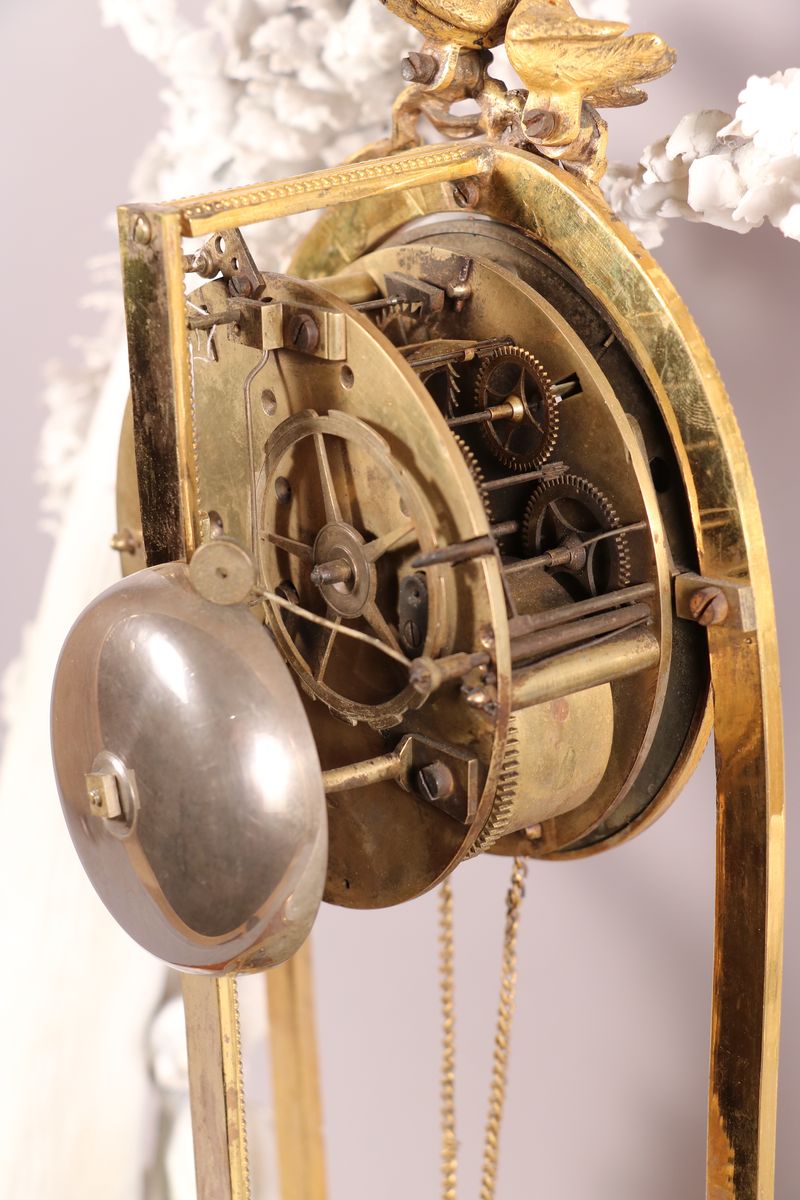
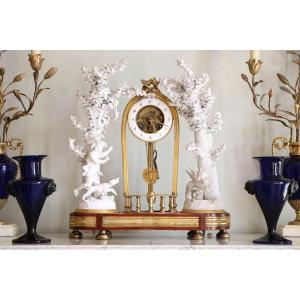



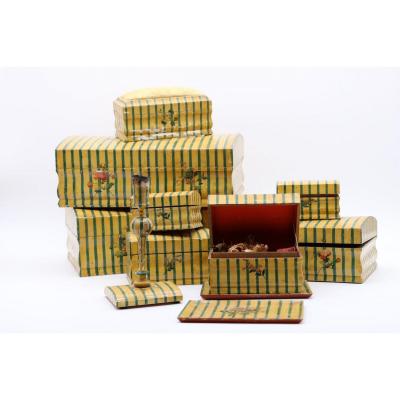





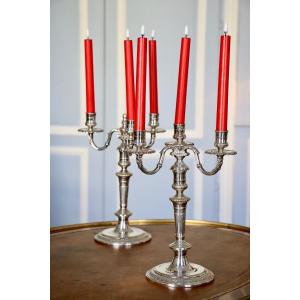
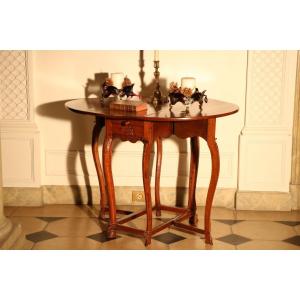
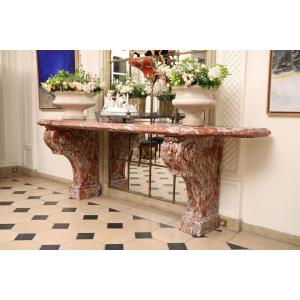
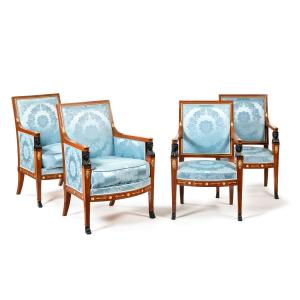

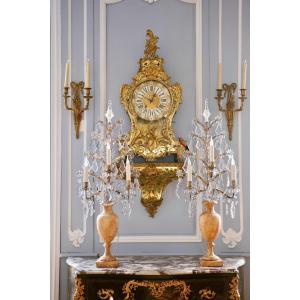


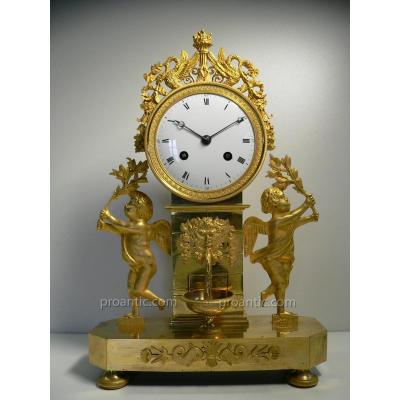
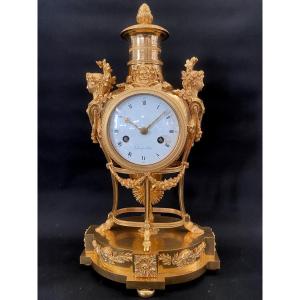
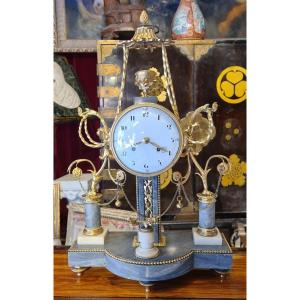




 Le Magazine de PROANTIC
Le Magazine de PROANTIC TRÉSORS Magazine
TRÉSORS Magazine Rivista Artiquariato
Rivista Artiquariato